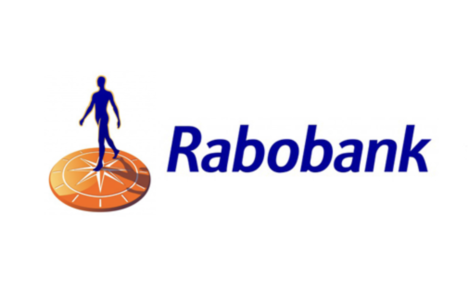Swine Vesicular Disease Kills 2,000 Hogs In Portugal
PORTUGAL - An outbreak of Swine Vesicular Disease (SVD) has occurred in the Leiria area, one of the leading Portuguese hog producing districts. The first cases were detected in the course of a routine clinical check by a private veterinarian on December 17.
|
Need a Product or service?
|
|
The SVD symptoms, at first observation similar to those of FMD, were found on twelve piglets and two sows from the same farm in the locality of Chas. While blood tests and counter-tests were being run, all suspect animals and their co-habitants - a total of 1,600 hogs - were destroyed according to OIE determinations for "List A" diseases.
A second outbreak followed on January 12, when the Portuguese veterinary services (DGV) confirmed the disease in a litter of piglets in Bidoeira de Cima, an adjacent locality. Diseased animals and their co-habitants - a total of 400 swine - were also immediately destroyed on-farm.
Control measures implemented by the authorities involve the creation of two areas.
The first is a 3 km quarantine ring around each farm where the disease was identified; in this area, all animals must remain under quarantine for the 28-day period of the incubation of the disease.
The second is a 10-km surveillance ring, where all animals become subject to clinical analysis and serological testing prior to exiting farm for slaughter.
The first control areas set up after the December outbreak affected a total number of 346 farms, of which 144 were in the quarantine ring and 202, in the surveillance ring; altogether, some 126,982 animals were affected.
The second control areas, set up after the detection of new cases in January, affected a total of 226 more farms, of which 67 in the quarantine ring and 159 in the surveillance one, affecting 49,347 more hogs.
In addition to the new SVD cases just found, SVD anti-bodies were found in the serum of five animals in different farms located in the first surveillance area. Since these animals had been exposed to the disease, they were slaughtered in a designated slaughterhouse located inside the quarantine ring; all co-habitants were sequestered and tested by veterinary authorities.
Meat from anti-body positive animals is marked with a special stamp and is allowed for human consumption. However, it must be locally consumed, and the meat must be cooked or processed. Prior to exporting, all pork and products must be serologically tested in the national veterinary laboratory, to preclude potential problems in export markets.
Authorities believe this outbreak is related to the last reported SVD outbreak of 1995, as the disease could have remained latent in the area. This is supported by new findings of the Pilbright laboratory, which has just informed local authorities that the virus is genetically close to the SVD strain found in Portugal in 1995.
So far, the SVD outbreak has basically affected only the producers whose farms have been quarantined by the authorities. By extending the production cycle beyond the ideal slaughter-weight of the animals, a 28-day embargo implies higher production costs, but at deteriorating prices: this reflects the poorer carcass configuration once the ideal slaughter point is passed, which is caused by the larger levels of fat. According to producers, a quarantine could cause hog prices to drop from €1.05 - 1.10/kilo (carcass weight) down to roughly €0.60/kilo.
This worsens returns to producers, who are already being squeezed between depressed pork prices in the EU and steep production costs, which are currently estimated at €1.50/kg. Market prices for producers have not been improved by the slowdown in pig slaughtering due to offsetting pork imports from Spain.
1 USD = €0.78/kg.
Source: eFeedLink - 26th January 2004



















